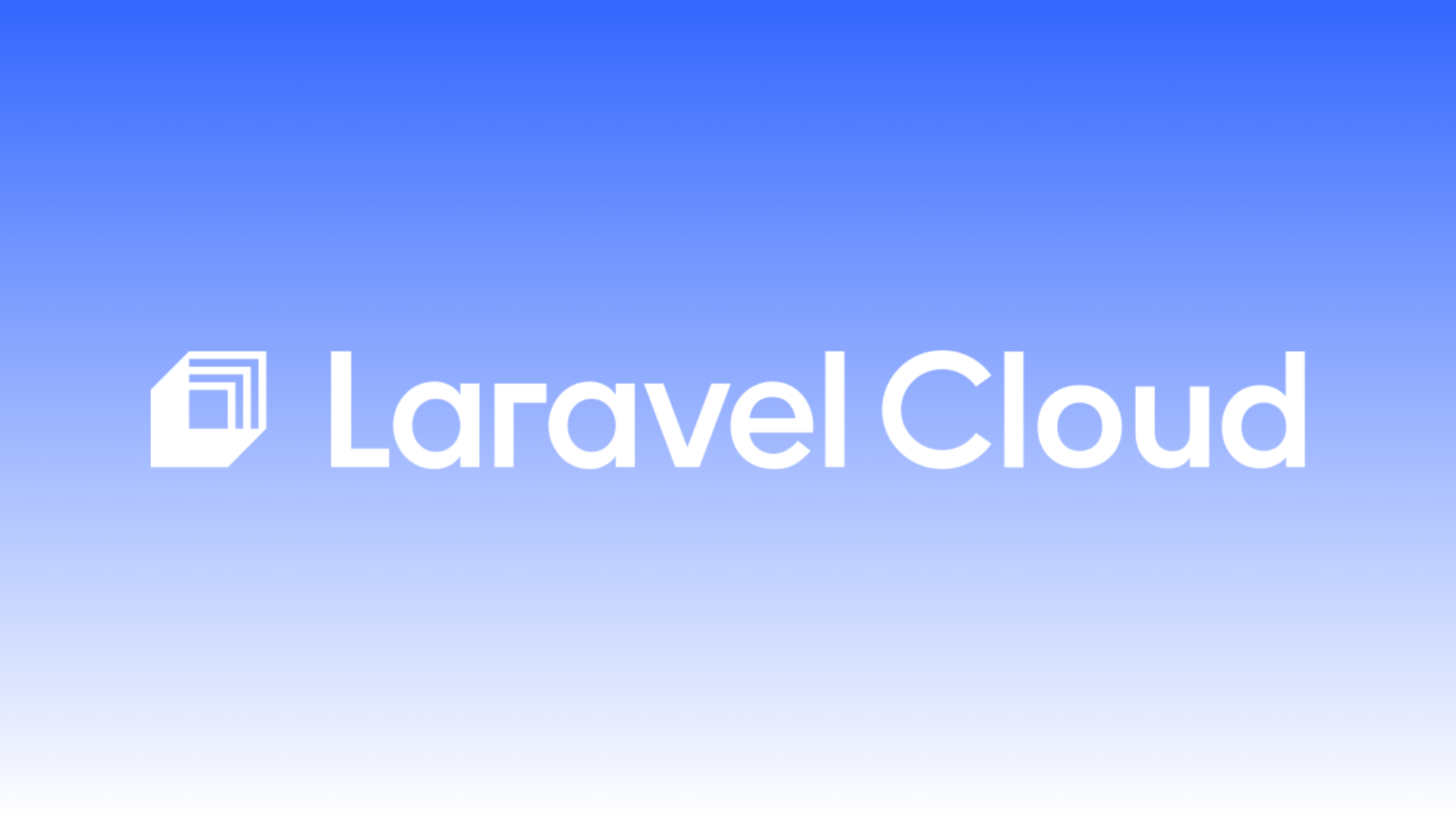Laravel Cloud
Published by Andrés López

After several months since Laravel Cloud was announced, it has finally been released. I’ve tried it, and... 🤩, it’s not bad 😌. I don’t know if it was the hype that was created or the hype I created for myself, but it doesn’t seem that different from platforms like Laravel Forge (at least if you’ve been configuring servers for a while).
The UI/UX of the platform is very good, no doubt about that. The way it presents your applications is very intuitive:

To test the functionalities, I decided to create a small ecommerce using LunarPHP, especially to push the platform a bit more and see what it has to offer. The reality is that just as your project works locally, it will work the same way on Laravel Cloud.

Regarding pricing, I think there’s a big jump from the free plan to the paid plan, with a difference of 20 USD between them. With the paid version, you’ll be able to:
- Use your custom domain
- Get x10 in data transfer bandwidth (100 GB)
- Get x10 HTTP requests (10,000,000)
- Of course, paying is only recommended if you’re going to use Laravel Cloud for production environments.
Every application you integrate into Laravel Cloud will include:
Deploy History
This shows every time your application is deployed, the last commit, the branch, and who executed it (a user, webhook, or a push to the selected branch).

Commands
In case you need to interact with your application, you can run commands (preferably artisan commands). You can run one at a time and keep a history of every command you execute.

Metrics
You’ll be able to observe various metrics of your application, such as the number of requests, CPU usage, and memory usage.

All I can say is that if you only have one application you want to take to production, Laravel Cloud is not yet an option. I only see it viable if you’re going to have multiple applications or high traffic volumes.

Andrés López
Laravel lover, Vue enthusiast & writer of everything sounds interesting